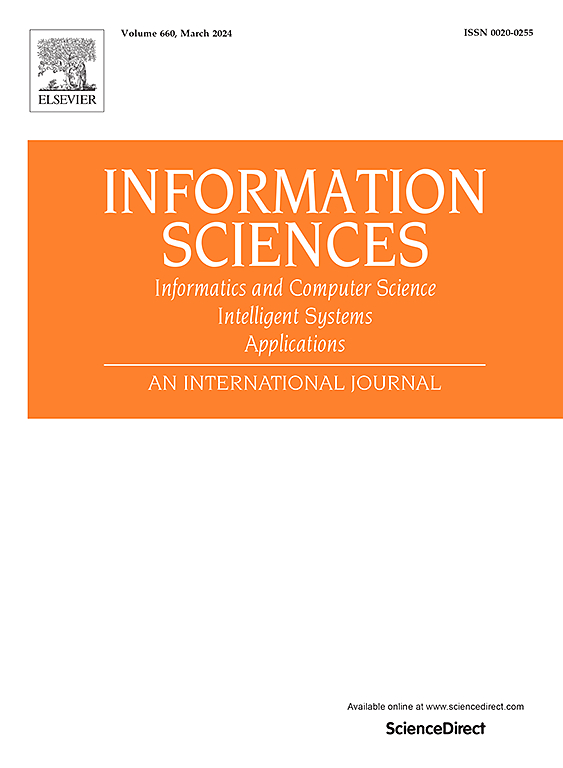基于Stackelberg-Nash博弈的多区域马尔可夫跳变电力系统学习推进智能频率控制
IF 8.1
1区 计算机科学
0 COMPUTER SCIENCE, INFORMATION SYSTEMS
引用次数: 0
摘要
针对多区域马尔可夫跳变电力系统在负荷波动和外界干扰下的频率控制问题,提出了一种集成多种策略的智能频率控制方案。首先,利用马尔可夫叠加技术对系统组件矩阵进行精细化建模,精确捕捉负荷运行状态的多样性;其次,在多人Stackelberg-Nash博弈(MSNG)框架下,将负荷聚合器(LA)作为领导者,将各区域的涡轮机作为追随者;通过构建领导者和追随者的价值函数,详细描述了层级决策的动态过程。同时,设计了一种自适应事件触发机制(AETM)来减轻计算和通信负担。在此基础上,将积分强化学习(IRL)算法与神经网络(NN)相结合,求解基于AETM的Hamilton-Jacobi-Bellman (HJB)方程,得到近似最优控制律,实现Stackelberg-Nash均衡(SNE)。利用李雅普诺夫稳定性理论,严格证明了系统状态和神经网络权值误差的一致最终有界性。最后,对比仿真结果验证了所提方法的有效性和实用性。本文章由计算机程序翻译,如有差异,请以英文原文为准。
Learning-boosted intelligent frequency control of multi-area Markov jumping power system via multiplayer Stackelberg-Nash game
This paper proposes an intelligent frequency control (IFC) scheme integrating multiple strategies, which aims to address the frequency control challenges of multi-area Markov jumping power systems (MMJPSs) under load fluctuations and external disturbances. Firstly, the Markov superposition technique is employed to conduct refined modeling on the system component matrices, precisely capturing the diversity of load operating states. Secondly, within the framework of the multiplayer Stackelberg-Nash game (MSNG), the load aggregator (LA) is set as the leader and the turbines in each area are regarded as the followers. By constructing the value functions of the leader and the followers, the dynamic process of hierarchical decision-making is elaborately depicted. Meanwhile, an adaptive event-triggered mechanism (AETM) is designed to alleviate the computational and communication burdens. On this basis, by combining the integral reinforcement learning (IRL) algorithm with the neural network (NN), the Hamilton-Jacobi-Bellman (HJB) equation based on the AETM is solved to obtain the approximately optimal control law and achieve the Stackelberg-Nash equilibrium (SNE). Utilizing Lyapunov stability theory, the uniform ultimate boundedness (UUB) of the system states and the NN weight errors is rigorously proved. Finally, comparative simulation results validate the effectiveness and practicality of the proposed method.
求助全文
通过发布文献求助,成功后即可免费获取论文全文。
去求助
来源期刊

Information Sciences
工程技术-计算机:信息系统
CiteScore
14.00
自引率
17.30%
发文量
1322
审稿时长
10.4 months
期刊介绍:
Informatics and Computer Science Intelligent Systems Applications is an esteemed international journal that focuses on publishing original and creative research findings in the field of information sciences. We also feature a limited number of timely tutorial and surveying contributions.
Our journal aims to cater to a diverse audience, including researchers, developers, managers, strategic planners, graduate students, and anyone interested in staying up-to-date with cutting-edge research in information science, knowledge engineering, and intelligent systems. While readers are expected to share a common interest in information science, they come from varying backgrounds such as engineering, mathematics, statistics, physics, computer science, cell biology, molecular biology, management science, cognitive science, neurobiology, behavioral sciences, and biochemistry.
 求助内容:
求助内容: 应助结果提醒方式:
应助结果提醒方式:


